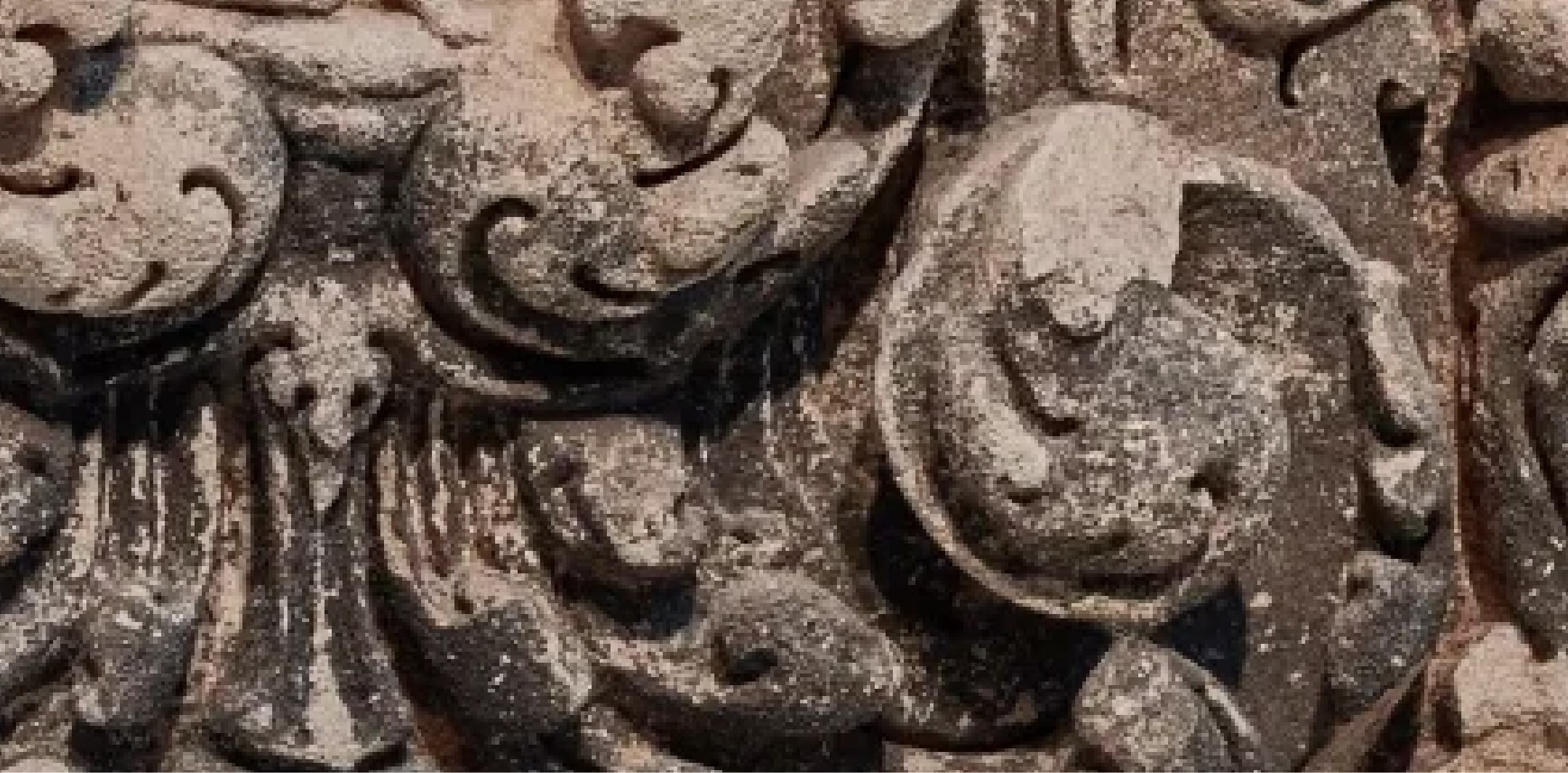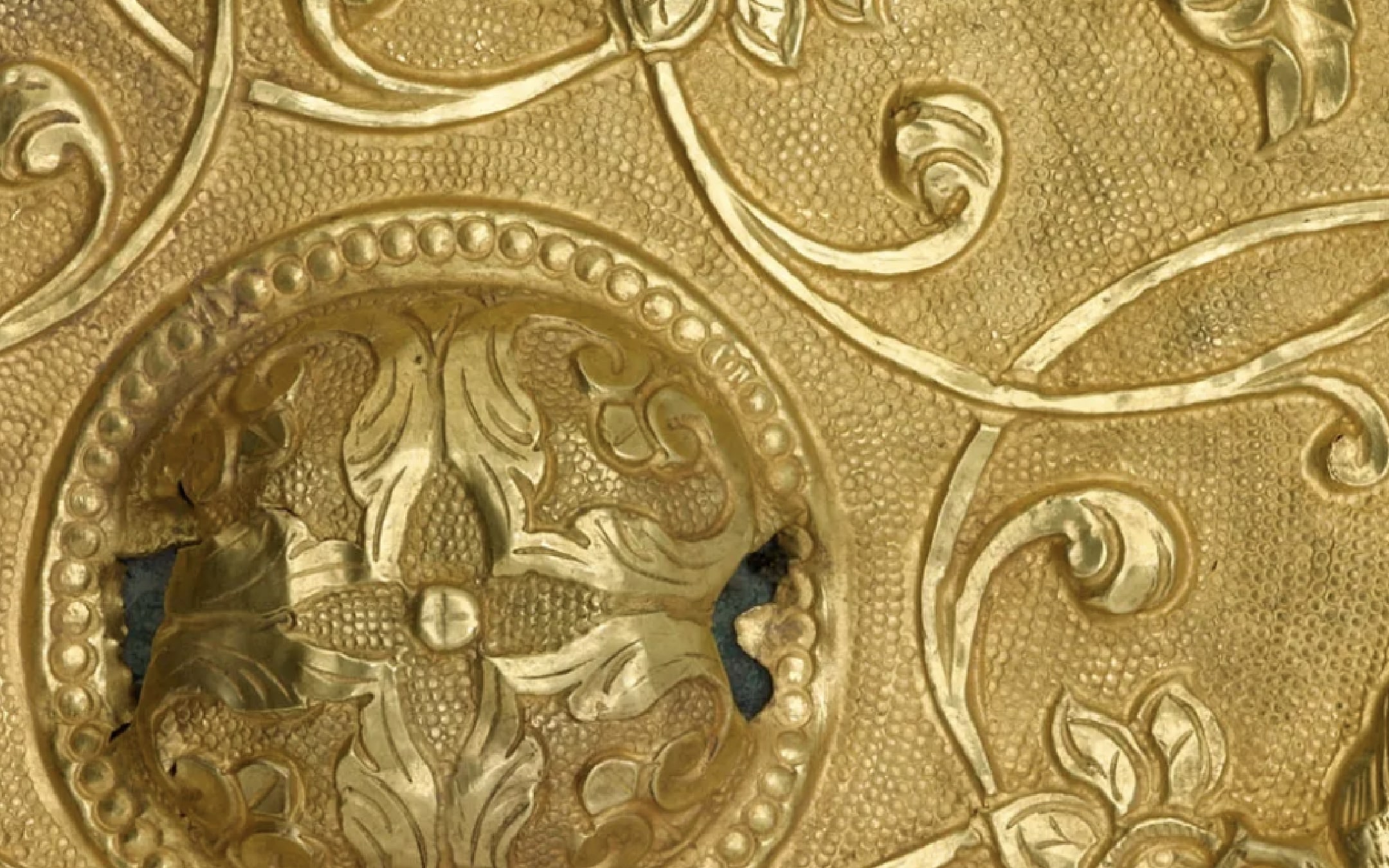Treasure Box of Eternal Spring and Longevity 剔紅春壽寶盒

Terms of Use
Usage Conditions ApplyAt A Glance
-
Period
1736-1795 -
Geography
China -
Material
Carved red, green, and yellow lacquer on wood core -
Dimension
H x W x D: 16.5 x 44 x 44 cm (6 1/2 x 17 5/16 x 17 5/16 in) -
Accession Number
F1990.15a-e -
EDAN ID
edanmdm:fsg_F1990.15a-e
Object Details
-
Description
From the uppermost surface downward, strata of cinnabar, green, and buff lacquer cover the surface of the round box with low sides. The shoulders slope gently and the "mouth" of the box is slightly constricted. This shape is sometimes called "steamed cake box" (zhengbing he) in reference to a food item that this shape resembles. The lacquer surface is nearly a quarter of an inch thick. Perhaps the highest relief motifs were separately made and attached to the surface, while the lower relief motifs are carved in the lacquer surface). The artisan varied the depth of the incisions in order to expose and utilize the different colors in making the design. The contrasts in color and height of the carving create a vibrant, three-dimensional design. -
Inscriptions
On re-lacquered base, incised and filled with gold, Da Qing Qianlong nianzhi. -
Label
The large character that appears on the lid of the box means "spring," a metaphor for eternal youth. The roundel superimposed over the character contains images of the Star God of Longevity and one of his attributes, a deer, which is a symbol of long life and prosperity. Bands of light appear behind the character and radiate upward in a fan-shape from a dish containing treasures, including coins and a branch of coral, an ingredient in the elixir of immortality. Two dragonlike animals flank the character. Upon close inspection, their subtle differences appear. The one on the right has a spiked tail that represents the Dragon of the East, while the creature on the left has a wispy tail and represents the Tiger of the West. Clouds fill the sky.The design on the top of the box originated under the patronage of the sixteenth-century Jiajing emperor. About two centuries later, the Qianlong emperor revived the design for boxes presented as ceremonial gifts on occasions, such as the Chinese New Year and birthdays. -
Provenance
From 1980 to 1988Takashi Yanagi, Kyoto, Japan, purchased at a 1980 auction at the Tokyo Art Club [1]From 1988 to 1990Donald J. Wineman, New York, purchased from Takashi Yanagi in 1988 [2]From 1990Freer Gallery of Art, purchased from Donald J. Wineman in 1990Notes:[1] See Curatorial Note 8, Jan Stuart, December 1990, in the object record.Also, according to correspondence provided by Mr. Wineman, Klaus Naumann (of East Asian Art, Tokyo) informed him that he had once seen the object in the Kanazawa city home of a famous (unnamed) Japanese collector in 1968. Further, the Chinese rare book scholar Soren Edgren saw the object in Kyoto between 1969 and 1971 (see Curatorial Note 8, Jan Stuart, December 1990, in the object record).[2] See note 1. -
Collection
Freer Gallery of Art Collection -
Exhibition History
Looking Out, Looking In: Art in Late Imperial China (October 14, 2017 - ongoing)Seasons: Chinese Landscapes (December 18, 2010 to June 12, 2011)Beyond Paper: Chinese Calligraphy on Objects (August 18, 1994 to July 3, 1997)Chinese Art (May 9 to November 29, 1993)Futamono: East Asian Boxes (March to May 1984) -
Previous custodian or owner
Takashi YanagiDonald J. Wineman -
Origin
China -
Credit Line
Purchase — Charles Lang Freer Endowment -
Type
Container -
Restrictions and Rights
Usage Conditions Apply
There are restrictions for re-using this media. For more information, visit the Smithsonian's Terms of Use page.
The information presented on this website may be revised and updated at any time as ongoing research progresses or as otherwise warranted. Pending any such revisions and updates, information on this site may be incomplete or inaccurate or may contain typographical errors. Neither the Smithsonian nor its regents, officers, employees, or agents make any representations about the accuracy, reliability, completeness, or timeliness of the information on the site. Use this site and the information provided on it subject to your own judgment. The National Museum of Asian Art welcomes information that would augment or clarify the ownership history of objects in their collections.
Keep Exploring
-
Related Resources
-
Date
-
Name
-
Place
-
Topic
-
Culture
-
Object Type

